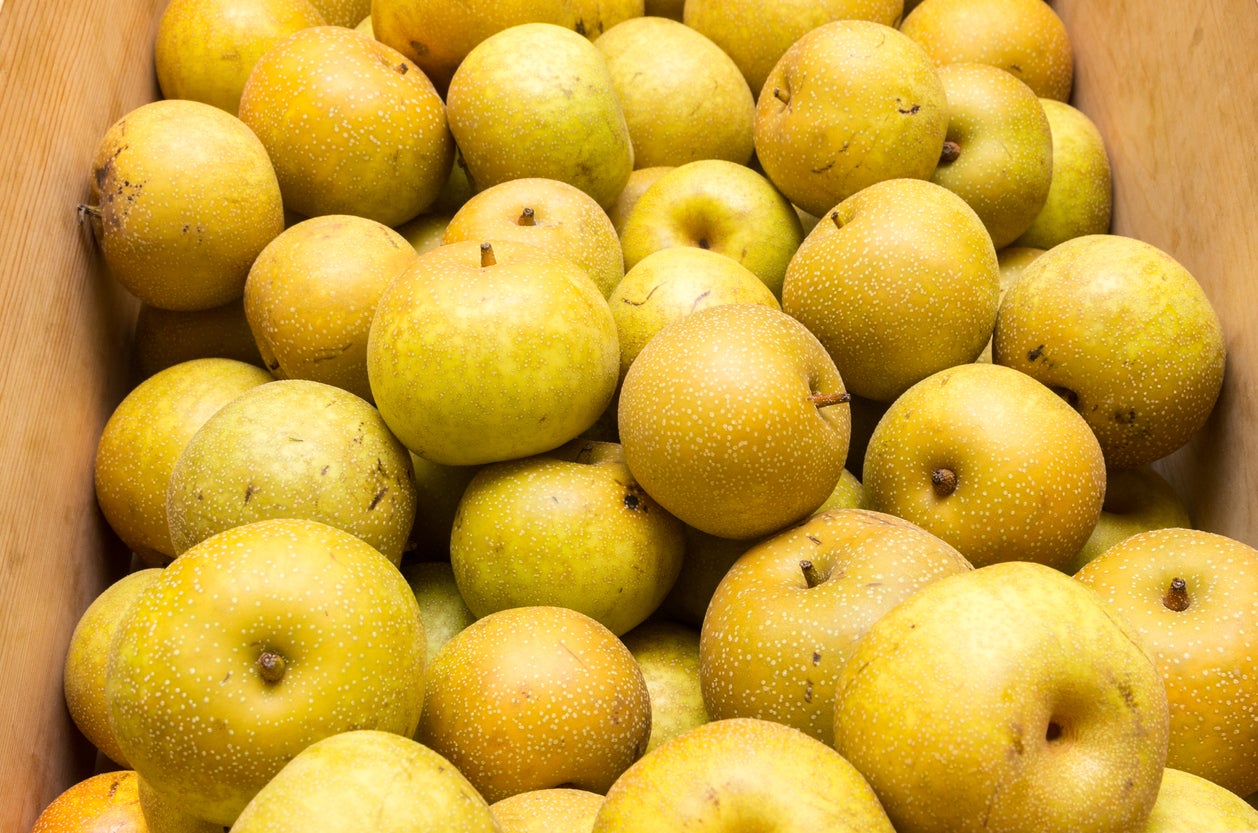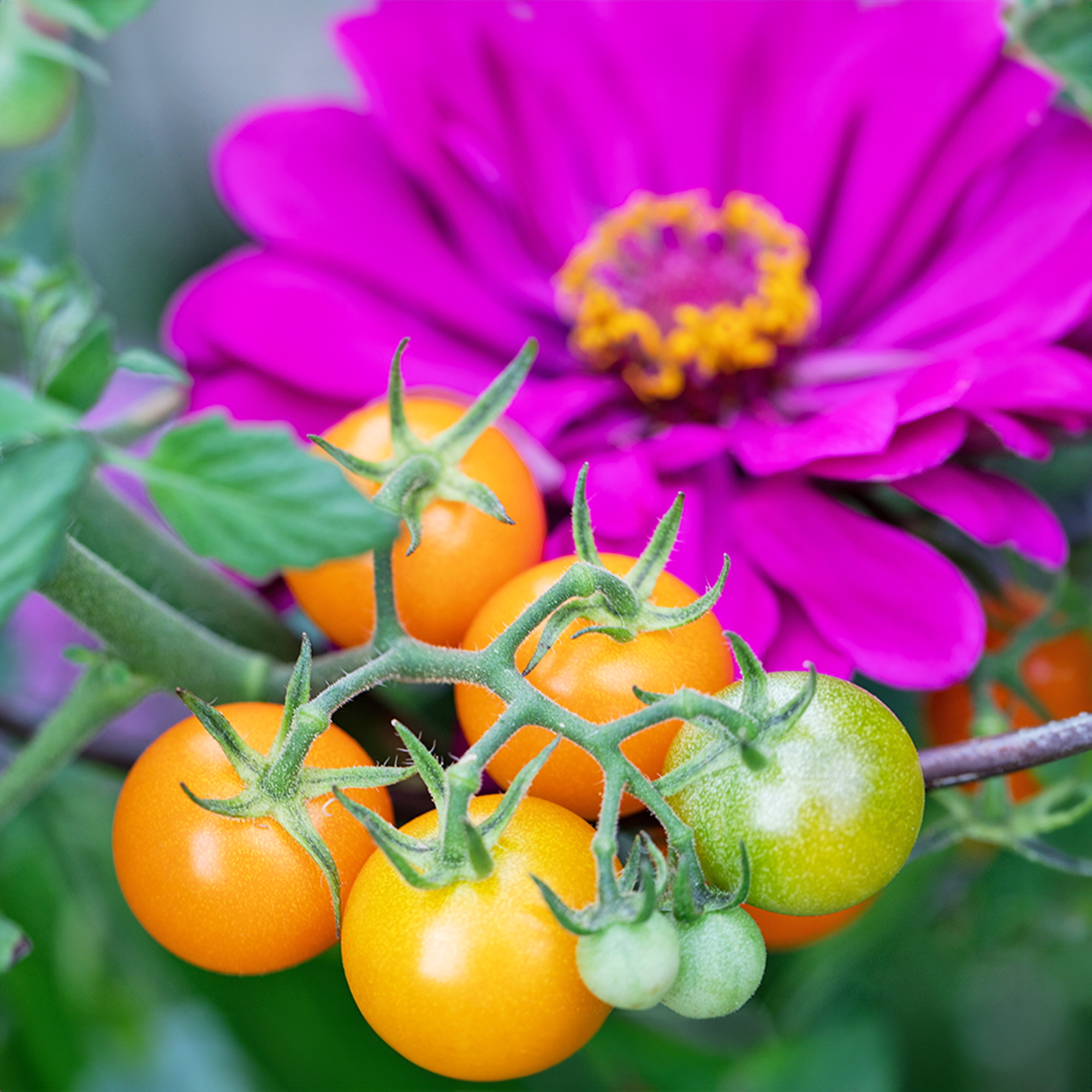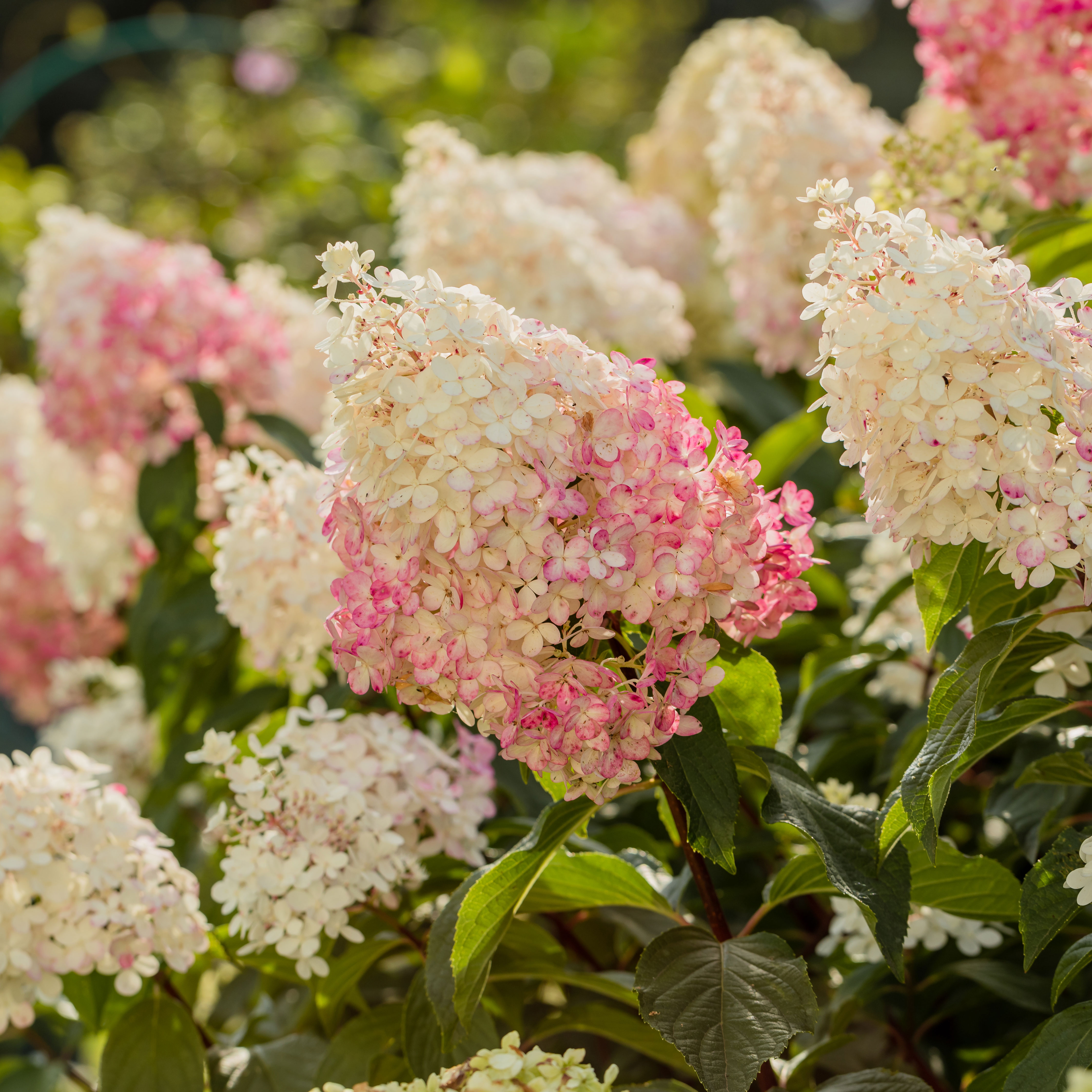Kosui Asian Pear Info – Learn About Growing Kosui Pears


If you love pears but have never grown an Asian variety, try the Kosui pear tree. Growing Kosui pears is much like growing any European pear variety, so don’t be afraid to give it a go. You’ll love the crisper texture of these Asian pears coupled with a sweet taste and versatility in the kitchen.
What is a Kosui Asian Pear?
It’s important to get some Kosui Asian pear information before you decide to grow this variety, especially if your experience with Asian varieties is limited. Asian pears like Kosui are true pears, but, in many ways, the fruits are more like apples. They are typically round—some are indeed pear-shaped— and have a crisper texture than European pears.
Kosui pears are small to medium in size and rounded like an apple but with a little bit of flattening like a Clementine orange. The tender skin is brown with a gold or bronze background. The Kosui pear’s flesh is both crisp and juicy, and the flavor is very sweet.
You can enjoy Kosui pear fresh, and it goes well with cheeses, much like an apple. It is also tasty in salads and can stand up to grilling and poaching. Kosui is delightful in baked desserts and also in savory cooked dishes. You can store your harvest for about a month.
How to Grow Kosui Asian Pears
Kosui pear trees are pretty cold-hardy, and they can be grown down to USDA zone 4 and through to zone 9. You will need to provide your tree with a sunny spot and soil that drains well. Plant it with enough space to grow to about 20 feet (6 m.) tall and 12 feet (3.5 m.) wide. On dwarf rootstock, it will grow to 10 feet (3 m.) tall and 7 feet (2 m.) wide.
Water your pear tree regularly in the first year and then go down to just occasional, as rainfall requires.
Pruning once a year should be adequate for your tree, but do it more often if you want a certain shape or size. Kosui pear will need a pollinator, so plant another variety of Asian pear or an early European pear nearby.
Gardening tips, videos, info and more delivered right to your inbox!
Sign up for the Gardening Know How newsletter today and receive a free copy of our e-book "How to Grow Delicious Tomatoes".
Kosui pears are ready to harvest from the middle of July to early August. Harvesting pears can be a little tricky. Let the color brighten before picking them. One good sign is that a few pears have dropped from the tree.

Mary Ellen Ellis has been gardening for over 20 years. With degrees in Chemistry and Biology, Mary Ellen's specialties are flowers, native plants, and herbs.
-
 8 Perfect Flowers To Plant With Tomatoes To Boost Yields & Banish Pests
8 Perfect Flowers To Plant With Tomatoes To Boost Yields & Banish PestsDon’t forget flowers when choosing companion plants for your tomato beds or pots. These pretty, fragrant flowers add beauty but are also highly beneficial.
By Mary Ellen Ellis
-
 Want The Longest Lasting Hydrangea Flowers? Grow These 8 Panicle Hydrangea Varieties
Want The Longest Lasting Hydrangea Flowers? Grow These 8 Panicle Hydrangea VarietiesFor ornamental shrubs that deliver the longest flowering seasons with plush blooms and delicate hues, these panicle hydrangea varieties are essential in your yard
By Tonya Barnett